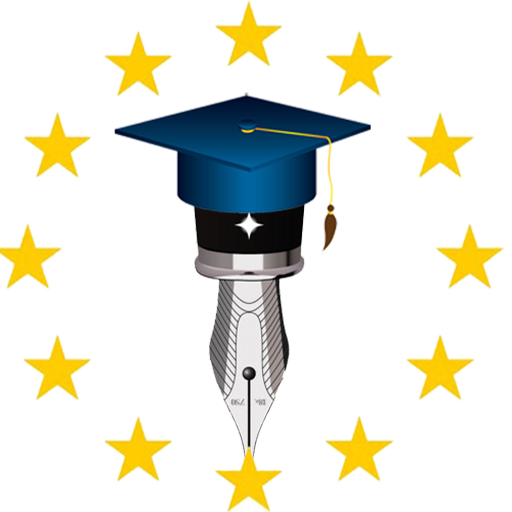Discussion one Due Jan-21
Prior to beginning this task, read Chapter 14 of the Robertson and Robertson text, and review Chapter 4 of BABOK®s Agile Extension guide located in your online classroom. Define requirements gathering, then evaluate the techniques discussed in Chapter 4 as they relate to requirements gathering. Explain two techniques that would be appropriate to use in the CWI scenario, and explain why these two methods would be the best ones to use in this situation. Also, explain how the Agile techniques you have identified are different from traditional methods. Use examples to support your position.
Discussion two Due Jan-21
Using Chapter 4 of BABOK®s Agile Extension guide in your online classroom as your road map, define solution development, and then evaluate the techniques as they relate to solution development. Explain two techniques that would be appropriate to use in the CWI scenario, and explain why these two methods would be the best ones to use in this situation. Also explain the need for iterative solution development practices. Use examples to support your position.
Weekly Lecture:
Analysis and Design: Whats the Difference, Anyway?
One of the concepts that is often difficult to fully grasp for BSAs and stakeholders alike, is understanding the difference between analysis and design in the process of business analysis. To be clear and short analysis is the examination and documentation of a problem or process. Design, on the other hand, is the development of elements that encompass or make part of a solution to the problem or process that was previously analyzed.
Ideally, analysis must first be completed before design can take place, though in a practical sense, design often happens at the same time as analysis, simply because as one examines the problem/process elements, ideas for addressing issues are prompted. This is a natural extension of the analysis process; however, its incumbent on the BSA to recognize that many of the design ideas caught in the analysis process may not be viable in the final solution. That means one needs to avoid becoming sold on a design element during the analysis process as this can blind one to better or more appropriate design solutions.
The risk of stakeholders being sold on a design element early in the analysis process is that once time has been invested in the element, it can become a de facto inclusion in the final product — even if it isnt appropriate for the solution. Ok, so why is that a problem? Consider that it could mean there would be workarounds to force the element into the solution when there are other elements more suited for the task. Effort spent on workarounds like this can be a significant source of wasted time and resources. This often happens because its difficult for stakeholders to drop an idea when there is time spent on it, or if theres a personal investment in the element.
Fortunately, in todays business analysis, we use Agile or iterative processes to help flesh things out more rapidly and that helps to eliminate many design ideas before they become baked in to the final product. The most commonly used iterative process is a group of ideas that fall under the category of Agile. Agile isnt a single process or method, but rather it consists of a set of ideals for approaching things in an iterative fashion. Review the sections 1.2 through 1.5 in the IIBA® (n.d.) Agile Extension and chapter 11 in the BABOK® (2015) guide for a more detailed picture of what these ideals mean to the processes of business analysis.
An important element in Agile design of the process is determining the difference between a functional requirement and a non-functional requirement. One way to do this is through user stories. User stories describe things that a product must accomplish. In chapter 14 of your Robertson and Robertson text, it has an example of a bank transaction as a user story. The story describes the need (be informed if projected balance near or below zero), identifies why its necessary (overdraft protection), and includes the criterion needed for accomplishing the task. The user story describes a functional requirement. Chapter 10 in your text has additional examples and information about functional requirements.
In the bank transaction user story, some non-functional requirements might be good security to protect client accounts, an audio enabled smart phone app, or a customizable account dashboard are elements. None of these are essential to the actual function of a bank transaction, they are non-functional requirements focused on usability. Chapter 11 in your text has a number of other examples of non-functional requirements and more information about identifying these as well.
This week youll have the opportunity to dig further into the Agile concepts in your discussion forums and consider how you might apply them to your CWI scenario solution. Be sure to read the chapters in the resources so that you have a solid foundation before working in the forums.
Have a great week!
References
IIBA® (n.d.). Agile Extension to the BABOK® Guide, Version 1.0. International Institute of Business Analysis, Toronto, Ontario, Canada.
Robertson, S. & Robertson, J. (2013). Mastering the Requirements Process: Getting Requirements Right, 3rd ed. Addison-Wesley. Upper Saddle River, NJ
Resources :
TEXT
Robertson, S., & Robertson, J. (2013). Mastering the requirements process: Getting requirements right (3rd ed.) Retrieved from https://content.ashford.edu
- Chapter 14: Requirements and Iterative Development
ARTICLE
Shah, S. (2017, January 25). Improving the continuous improvement (Links to an external site.) [Blog post]. Retrieved from http://www.modernanalyst.com/Resources/Articles/ta…
- This article provides information about the iterative nature of continuous improvement for all process associated with continuous improvement. The article will assist you in your assignments and discussions this week.
Accessibility Statement does not exist.
Privacy Policy (Links to an external site.)







